The Power Pumping Schedule to Increase Supply

Your milk supply feels like it’s not keeping up. But statistically, you’re not alone. Studies show that nearly 60% of new parents stop breastfeeding earlier than planned, with lactation and supply concerns being one of the main reasons. And you’re determined to boost your supply before making any big changes—we get it! The problem is, […]
Freeze Drying Breast Milk: Podcast Episode #318

In this episode of the Ask the Doulas podcast, Kristin Revere sits down with Tirza Jova, CEO and founder of Milk by Mom, to explore the growing trend of freeze-drying breast milk. Tirza shares how her innovative service helps families preserve their milk safely and conveniently—reducing waste, saving freezer space, and providing peace of mind for travel or […]
Teething Tips
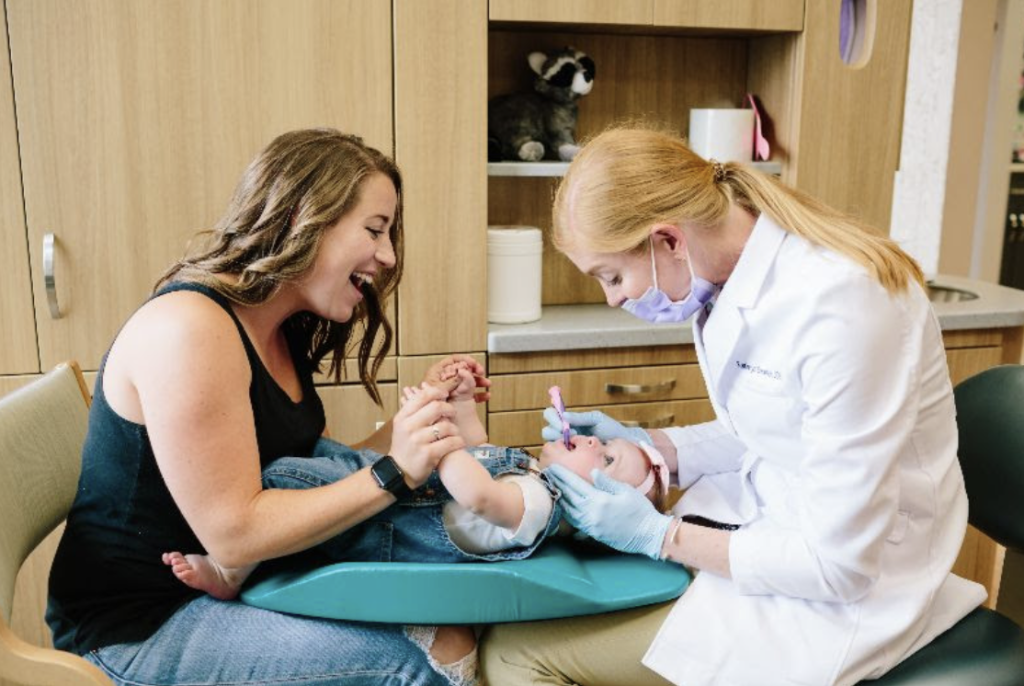
Written by Dr. Katie Swanson, Pediatric Dental Specialists of West Michigan As a pediatric dentist, one of my favorite roles is helping parents navigate their little ones’ teething symptoms. It can be a stressful time! Below are some truths, myths, and tips to help make the growing pains of teething easier on your baby or […]
Breastfeeding Support After Delivery: Podcast Episode #300

Kristin Revere talks with Kelly Emery, IBCLC, about breastfeeding support after delivery. They discuss ways to seek support from lactation consultants and postpartum nurses after delivery in the hospital. Kelly also offered tips on how to seek support after you return home. Hello, hello! This is Kristin Revere with Ask the Doulas, and I am […]
Feeding and NICU Babies: Podcast Episode #297
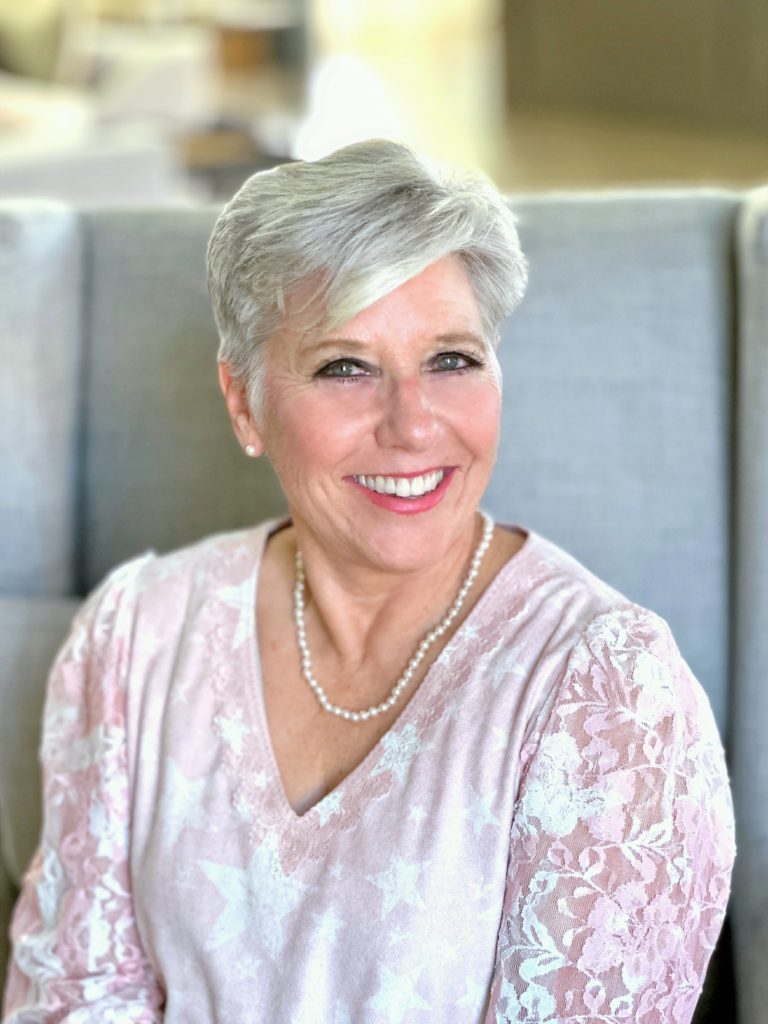
Kris Hapgood and Kristin Revere discuss feeding and NICU babies on the latest episode of Ask the Doulas Podcast. Kris Hapgood, BSN, RN is the CEO of Essential Health Solutions. Kris is a bestselling author of The Gifts of Pain, Volume 3, and a global speaker. She has been a nurse for over 30 years. […]
Why Tongue Function Matters: Podcast Episode #287
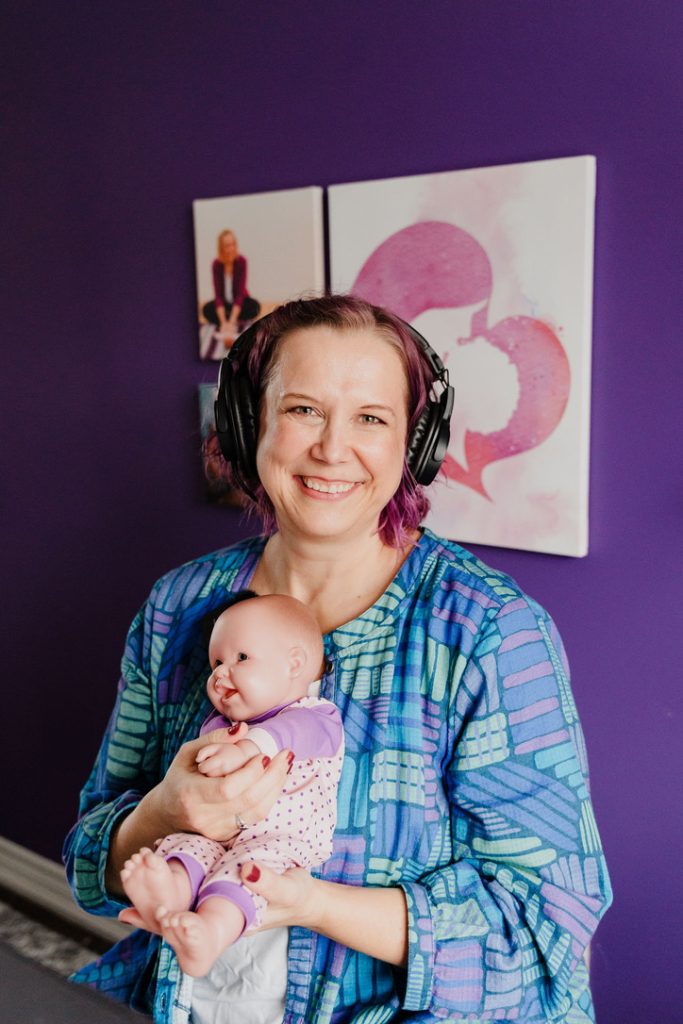
Kaili Ets and Kristin Revere discuss why tongue-tie release is just one piece of the puzzle regarding tongue function. Kaili is the founder of Kaili Ets Family Wellness. Hello, hello! This is Kristin Revere with Ask the Doulas, and I am thrilled to chat about tongue function and why it matters for infants, with Kaili […]
Breastfeeding Twins: Tips, Positions & Supply

Breastfeeding twins is an incredible journey. But there’s no sugar-coating it, it can feel overwhelming. Two hungry babies, double the latches, keeping milk supply up, and finding a comfortable feeding position—it’s honestly a full-time job if you think about it. With the right strategies, support, and practice, you can absolutely make breastfeeding with twins work […]
Setting Up a Feeding Support System: Podcast Episode #274
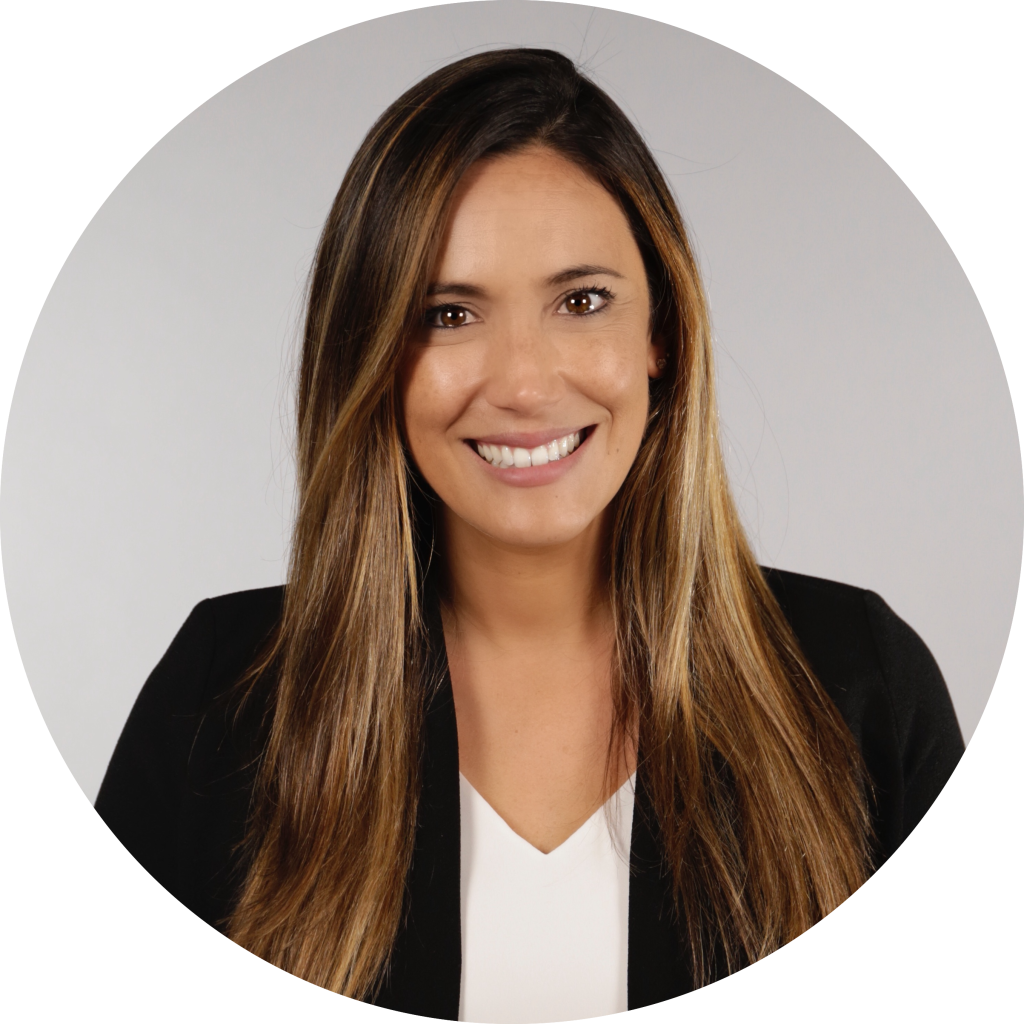
Kristin Revere talks with Lauren Scocozza, Vice President of Product for Willow Innovations, Inc., about why it is important for moms to have a feeding support system and how to set one up. Hello, hello! This is Kristin Revere with Ask the Doulas, and I am thrilled to chat with Lauren Scocozza today. Our topic […]
How Partners Can Support Breastfeeding: Podcast Episode #266
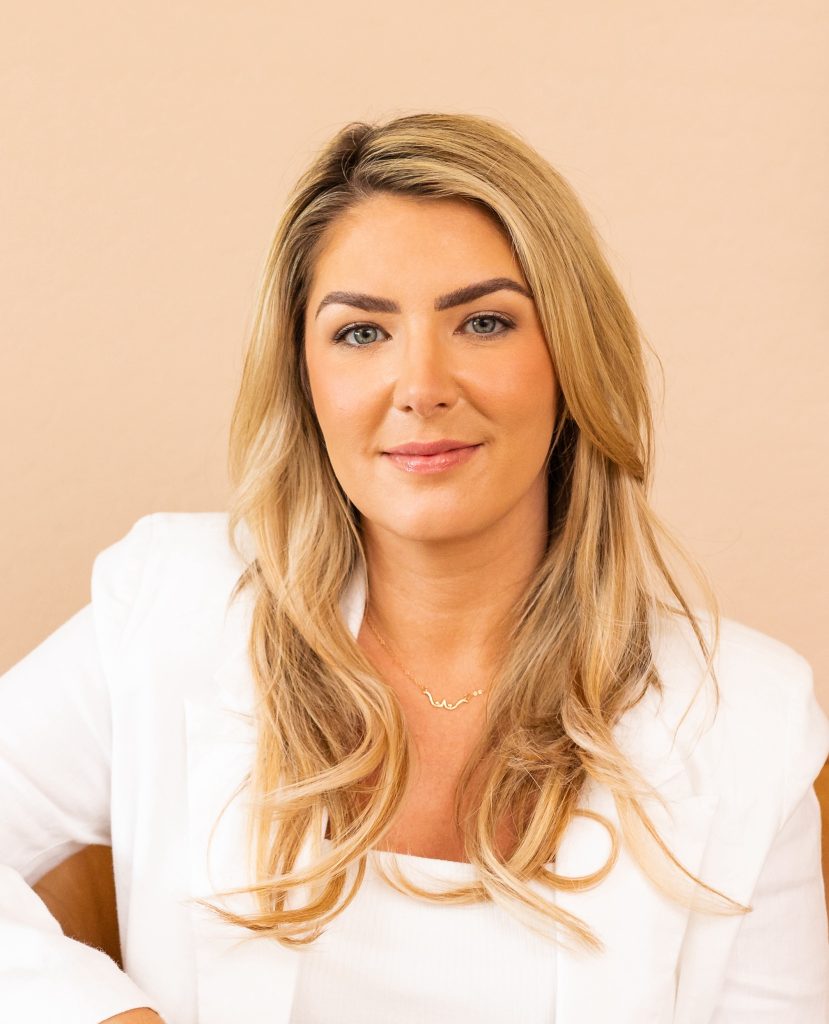
Kristin Revere and Jacqueline Kincer discuss how partners can support breastfeeding and pumping on the latest episode of Ask the Doulas podcast. Jacqueline is a breastfeeding expert and CEO of Holistic Lactation. Hello, hello! This is Kristin with Ask the Doulas, and I am thrilled to chat today with Jacqueline Kincer. Jacqueline is […]
Pumping Tips with Jacque Ordner of Motif Medical: Podcast Episode #259
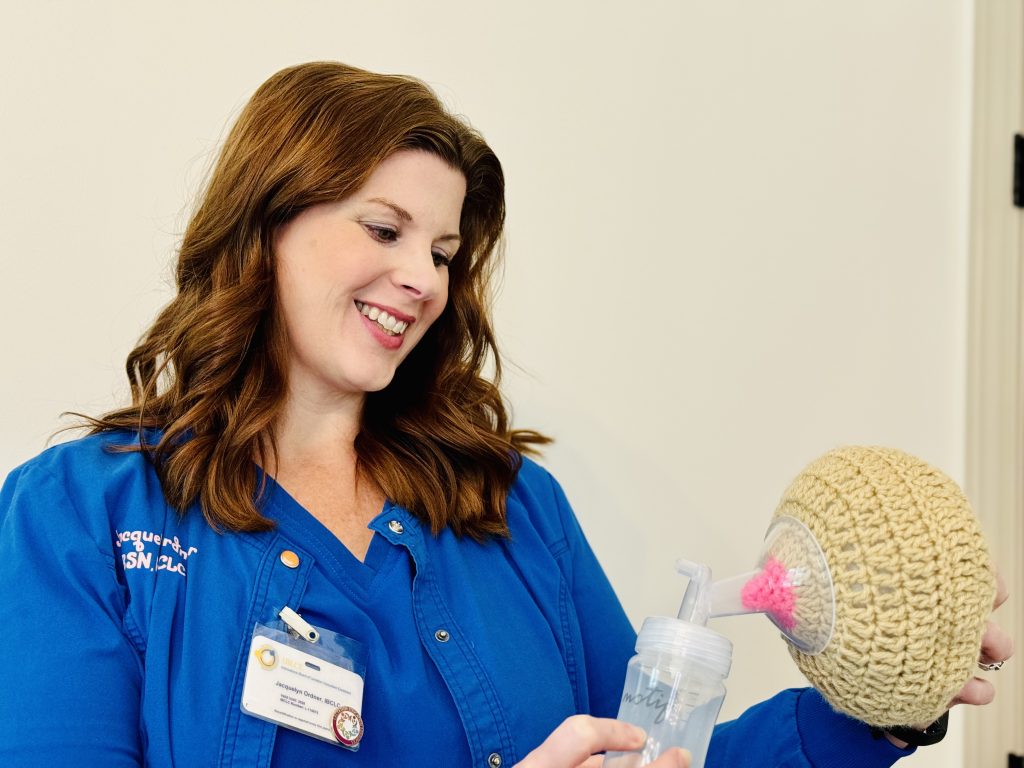
Kristin Revere and Jacque Ordner discuss finding ways to make pumping more effective, comfortable, and sustainable in the latest episode of Ask the Doulas. Jacque is an IBCLC, BSN, RN, RLC, and Motif Medical Advisor. Hello, hello! This is Kristin Revere with Ask the Doulas. I am thrilled to chat with Jacque Ordner today. Jacque […]
Feeding Tips for Parents with Dr. Ari Brown: Podcast Episode #258

Kristin Revere and Dr. Ari Brown focus on the benefits of goat milk formula on the latest episode of Ask the Doulas. Dr. Brown is the chief medical advisor at Kabrita. Hello, hello! This is Kristin Revere with Ask the Doulas, and I am thrilled to chat with Dr. Ari Brown. Dr. Brown is a […]
Breast Milk Sharing with Kelly Cox of Share the Drop: Podcast Episode #251
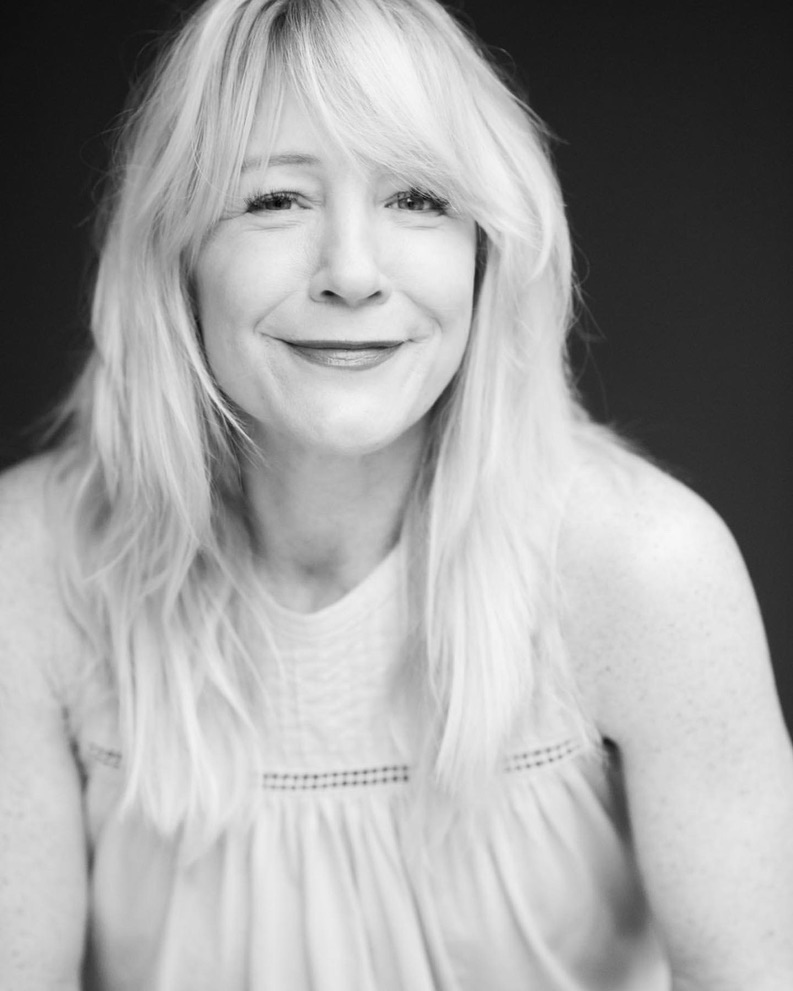
Kristin Revere and Kelly Cox discuss milk sharing and her new platform called Share the Drop on the latest episode of Ask the Doulas. Hello, hello! This is Kristin Revere with Ask the Doulas, and I am thrilled to chat with Kelly Cox today. Kelly is a registered prenatal yoga teacher, a birth doula, […]
Meet the Visionaries: Unveiling the Minds Behind Tender Seasons, Michigan’s Maternity Wear Icon

Guest blog post by Kayli Joann, Founder & CEO of Tender Seasons. I stared in the mirror in disgust at the baggy, “cute” nightgown I had purchased for a little getaway with my husband. I was very pregnant and excited to get out of the house for a weekend! I had been on the search […]
Breastfeeding Gadgets with Kelly Emery, IBCLC: Podcast Episode #231

Kelly shares the pros and cons of top breastfeeding gadgets with Kristin in the latest episode of Ask the Doulas. Check out her free gadget videos here and subscribe to her YouTube Channel and her Breast Friends Forever Club for more videos as Kelly comes across more gadgets and the latest lactation research. Hello, hello! […]
Breastfeeding and Pumping Tips from Daniela of SOLMA Tea: Podcast Episode #225

Kristin Revere and Daniela Procopio discuss how her breastfeeding journey led her to create SOLMA Tea. She also shares tips for support and balance as both a mother and an entrepreneur. Hello, hello! This is Kristin Revere with Ask the Doulas, and I am here to chat with Daniela Procopio. Daniela is the founder […]
How to Prep for Infant Feeding with Victoria Facelli: Podcast Episode #201
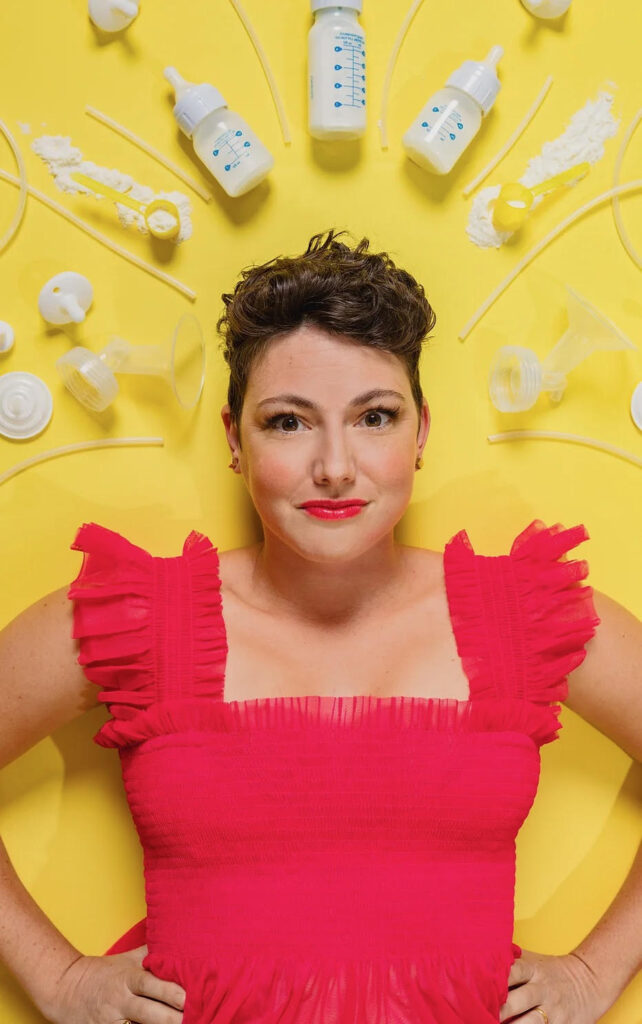
Kristin Revere chats with Victoria Facelli IBCLC, author of Feed the Baby: An Inclusive Guide to Nursing, Bottle-Feeding and Everything in Between about the best ways to prep for infant feeding. Victoria has so many resources to help you! You can listen to this complete podcast episode on iTunes, SoundCloud, or wherever you find your […]
Nutrition for Breastfeeding: Podcast Episode #187

Kristin chats with Katie Timbrook of Athena’s Bump about the importance of nutrition for breastfeeding and pumping moms. You can listen to this complete podcast episode on iTunes, SoundCloud, or wherever you find your podcasts. Ask The Doulas Podcast · Nutrition for Breastfeeding and Pumping Moms Welcome. You’re listening to Ask the Doulas, a podcast […]
Breastfeeding and Infant Gut Health 101

Payal Adhikari, M.D. is a pediatrician and Clinical Implementation Director for Infinant Health. She grew up in the Chicago suburbs and lived in Singapore prior to settling in Chicago with her husband and two kids. She encourages her patients to have fun with parenting and believes in the power of the microbiome to influence positive […]
Fashion for Breastfeeding: Podcast Episode #170

Kristin discusses challenges of the professional mother with Magda Lasota Morales, founder of MLM Brand. Magda created a timeless line of dresses for breastfeeding and pumping moms. You can listen to this complete podcast episode on iTunes, SoundCloud, or wherever you find your podcasts. Ask The Doulas Podcast · Fashion for Breastfeeding Moms Welcome. You’re […]
Why You Should Take a Breastfeeding Class: Podcast Episode #166

Kristin chats with Kelly Emery of Baby Beloved about why moms should take a breastfeeding class during pregnancy. You can listen to this complete podcast episode on iTunes, SoundCloud, or wherever you find your podcasts. Welcome. You’re listening to Ask the Doulas, a podcast where we talk to experts from all over the country about […]
Talking Formula Shortages with Kelly, IBCLC: Podcast Episode #141

Kristin and Kelly discuss the formula shortage and share resources to help families during this stressful time. You can listen to this complete podcast episode on iTunes, SoundCloud, or wherever you get your podcasts. Welcome. You’re listening to Ask the Doulas, a podcast where we talk to experts from all over the country about topics […]
Newborn Sleep – What New Parents Should Expect

New parents often have unrealistic expectations about sleep when they bring a baby home. Some parents think they will get to sleep a lot because a newborn sleeps a lot. I’ve heard other parents say they don’t think they will get any sleep for weeks or months. I’m here to tell you that neither of […]
Breastfeeding and Tongue Ties
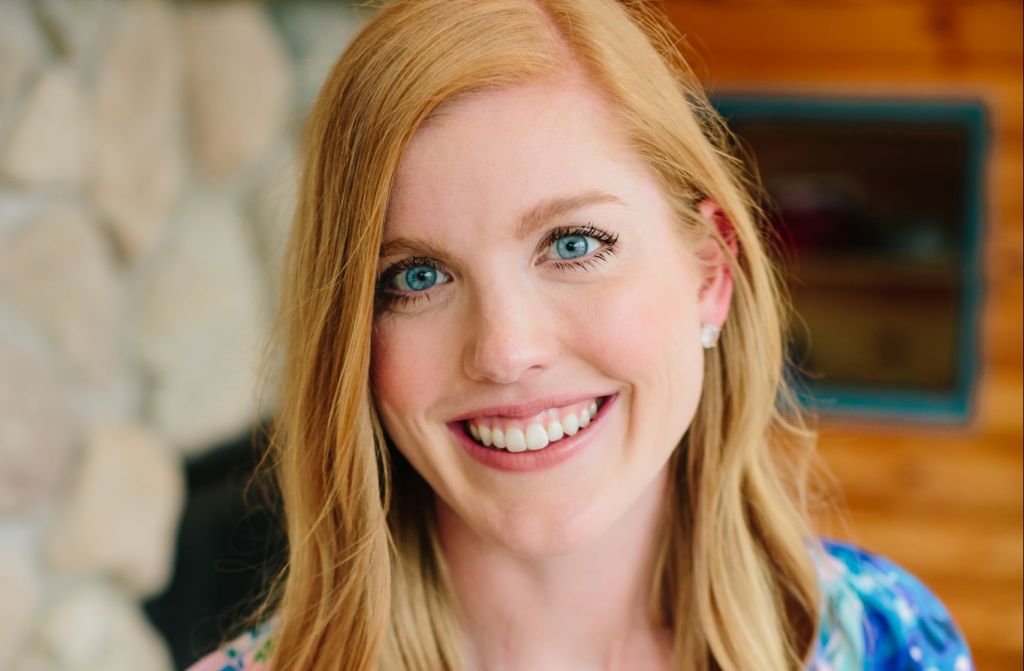
Breastfeeding is Hard Enough… If you are struggling with breastfeeding or experiencing pain when nursing, there may be a reason. It is not normal to experience pain when nursing and may be a sign of oral restrictions such as lip, tongue, and buccal (cheek) ties that can impact a baby’s ability to breastfeed. Lip, tongue, […]
Meet our new IBCLC, Kelly Wysocki-Emery!

We are thrilled to have Kelly join the Gold Coast Team. Many of our doulas have used Kelly personally for lactation consultations with their own children. She comes to us with years of experience and a trusted name in the community. 1) What did you do before you became a lactation consultant? In a former […]


